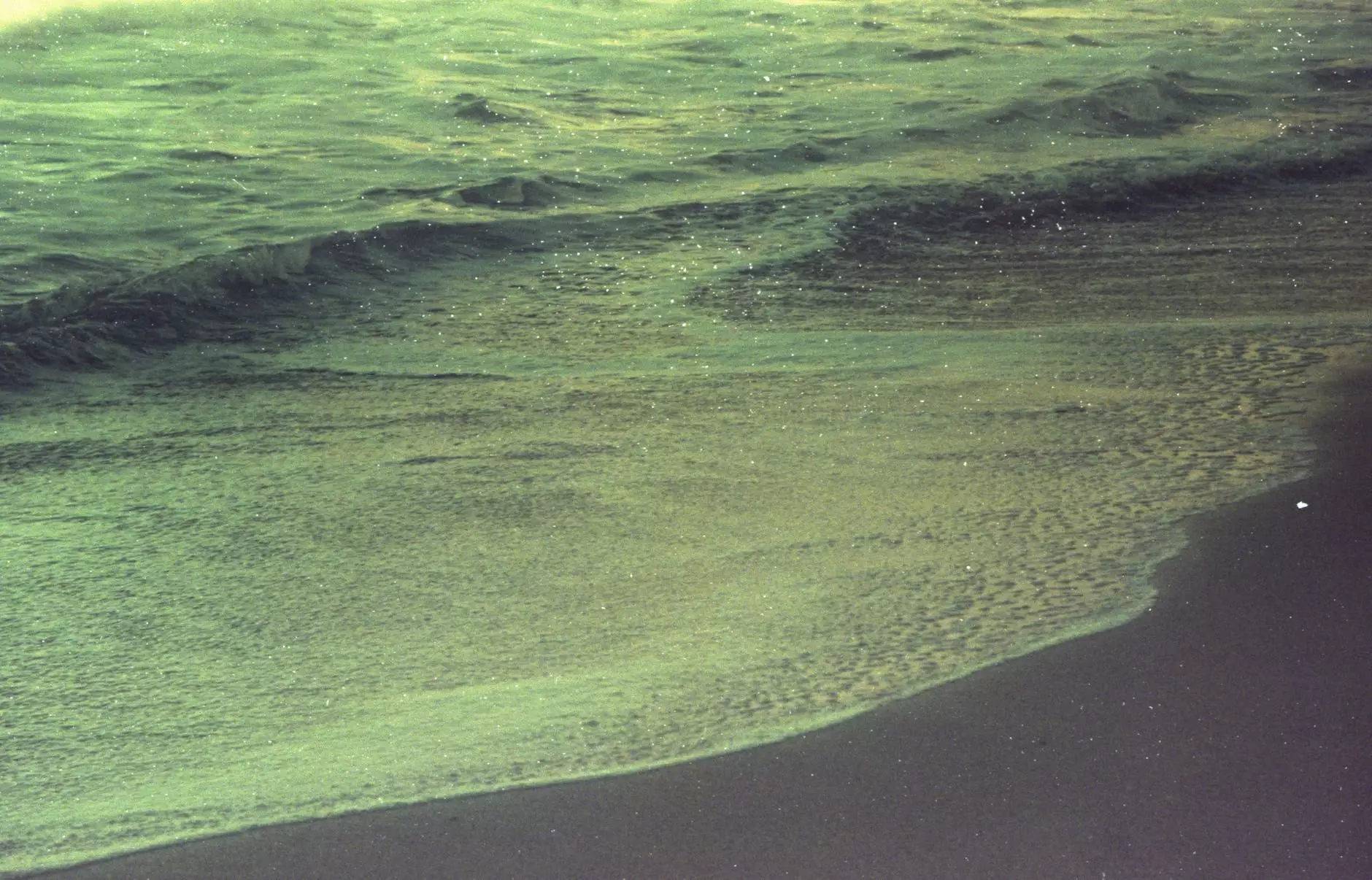Green Sea Urchin

The Beauty of Green Sea Urchins
At Nibiru, we are fascinated by the enchanting world of Green Sea Urchins. These extraordinary creatures, with their vibrant green spines, mesmerizing patterns, and captivating presence, have been drawing attention for centuries. Join us as we dive into the details of these sea dwellers and explore their remarkable features.
Characteristics
Green Sea Urchins, scientifically known as Strongylocentrotus droebachiensis, belong to the echinoderm group. They have a spherical body that is covered in long, slender spines, giving them a distinct appearance. These spines are typically green, but can sometimes vary in coloration, ranging from olive green to pale yellow.
One of the most intriguing features of Green Sea Urchins is their intricate pattern of bumps and ridges on the surface of their bodies. These patterns, known as areoles, are unique to each individual and play a crucial role in protection, as they provide an additional layer of defense against predators.
Habitat
Green Sea Urchins are predominantly found in the cold, nutrient-rich waters of the North Atlantic Ocean, particularly in rocky intertidal zones and shallow subtidal regions. They have adapted to survive in various habitats, from rocky shores to kelp forests, where they can anchor themselves using their specialized tube feet.
These fascinating creatures are highly adaptable and can thrive in different environments, ranging from calm coastal areas to more turbulent waters. Their ability to survive in such diverse conditions is a testament to their remarkable resilience and evolutionary success.
Diet and Feeding Habits
Green Sea Urchins are herbivores, primarily feeding on a diet of algae and seaweed. They use their specialized mouth, known as Aristotle's lantern, to scrape and graze on the surfaces of rocks and other substrates, extracting the nutrients from the marine vegetation.
These voracious grazers play a vital ecological role in maintaining the balance of marine ecosystems. They help control the growth of algae, preventing excessive blooms and promoting the health of underwater habitats.
Reproduction and Life Cycle
The reproductive cycle of Green Sea Urchins is a complex and fascinating process. These creatures are dioecious, meaning they have separate sexes. Female Green Sea Urchins release millions of eggs into the water, while males release clouds of sperm. Fertilization occurs externally, and the resulting larvae drift in the ocean currents for several weeks before settling and undergoing metamorphosis into juvenile urchins.
It takes several years for Green Sea Urchins to reach sexual maturity, and their lifespan can vary depending on environmental conditions and predation rates. While some individuals may live up to 30 years, most have a lifespan of around 10 to 15 years.
The Importance of Green Sea Urchins
Green Sea Urchins play a crucial role in maintaining the health and balance of marine ecosystems. Through their grazing behavior, they help prevent the overgrowth of algae, which can negatively impact the biodiversity and overall stability of underwater habitats.
These unique creatures also provide a food source for various marine organisms, including sea otters, sea stars, and certain species of fish. Their presence within the food web is essential for the survival and well-being of numerous marine species.
Captivating Encounters
At Nibiru, we offer unforgettable experiences for enthusiasts and nature lovers to explore the wonders of Green Sea Urchins. Join us on our expeditions, where our expert guides will introduce you to their incredible world.
Conclusion
Green Sea Urchins, with their vibrant appearance and fascinating characteristics, continue to captivate the hearts of many. Dive into the enchanting world of these incredible creatures and discover the important role they play in maintaining the balance of our oceans.










